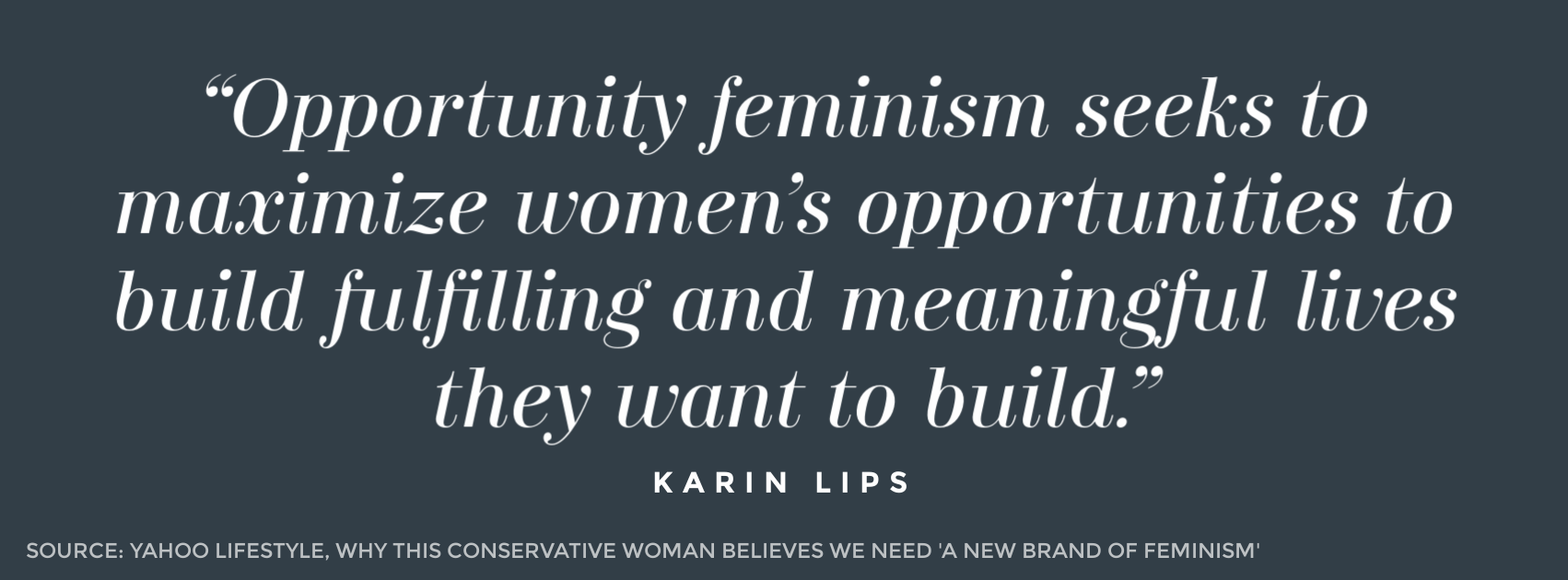Don’t Buy Into The Gender Pay Gap Myth
This article originally appeared in Forbes.
Earlier this semester, I spoke to a group of 70 undergraduate women at Harvard, where I am spending the semester. I asked this group of college women if they believed they would get paid 78 cents on the dollar compared to men just because they were women. A majority of the women raised their hands.
To have been admitted to Harvard, these young women had distinguished themselves from the smartest, most talented and most dedicated of their high school peers. This spring, Harvard admitted only 2,037 of the more than 39,041 students who applied to be part of the class of 2020—or 5.2%.
The popular notion outside of Cambridge is that Harvard undergraduates, including the young women I met with, hit the jackpot when it comes to post-college opportunities. And many doors will be open to them in the future that won’t be open to less pedigreed or credentialed job applicants.
Yet for some reason, these young women were certain that a future of gender-based discrimination awaits them in the workforce. That simply because they are women, they will pay a 22% tax with each paycheck thanks to an unfair society that favors men.
Unfortunately, the White House and many women’s groups continue to perpetuate this idea.
The White House Equal Pay website reports, “On average, full-time working women earn just 78 cents for every dollar a man earns.” The American Association of University Women published a report this spring and asked, “Did you know that in 2014, women working full time in the United States typically were paid just 79 percent of what men were paid, a gap of 21 percent?” And the National Organization for Women website states, “For full-time, year-round workers, women are paid on average only 77 percent of what men are paid… Women still are not receiving equal pay for equal work, let alone equal pay for work of equal value.”
Today, April 12th, has been deemed Equal Pay Day, or the day that symbolically marks how much longer women supposedly have to work to catch up to what men earned in the previous year. In observance of Equal Pay Day, the White House announced it will designate a new national monument for women’s equality and highlighted efforts taken by President Barack Obama’s Administration in the name of addressing the equal pay gap.
It is no wonder college women buy into this 78 cent pay gap myth.
But the White House and others who promote the myth are manipulating statistics in a way to convince women that they are the victims of systematic societal discrimination, and, therefore, stand to benefit from further government action.
Using the statistic that women make 78 cents on the dollar as evidence of rampant discrimination has been debunked over and over again. That statistic doesn’t take into account a lot of choices that women and men make—education, years of experience and hours worked—that influence earnings. If we want to have a fruitful discussion about a gender wage gap, we should have it after the comparison is adjusted for those factors. In a 2013 Slate article, Hanna Rosin, author of The End of Men, for example, wrote:
The official Bureau of Labor Department statistics show that the median earnings of full-time female workers is 77 percent of the median earnings of full-time male workers. But that is very different than “77 cents on the dollar for doing the same work as men.” The latter gives the impression that a man and a woman standing next to each other doing the same job for the same number of hours get paid different salaries. That’s not at all the case. “Full time” officially means 35 hours, but men work more hours than women. That’s the first problem: We could be comparing men working 40 hours to women working 35.
Women’s groups and politicians, including Former Secretary of State Hillary Clinton, continue to tell women they are making almost a quarter less than men and use this statistic to call for legislation enacting further government intervention in employer and employee relationships, such as the Paycheck Fairness Act.
This election cycle, young women have surprised many, especially Clinton, by getting beyond traditional feminist narratives. Young women in New Hampshire, for example, rejected Former Secretary of State Madeleine Albright’s claim that young women had a duty to vote for Clinton. Albright went so far as to say, “And just remember there’s a special place in hell for women who don’t help each other.” Senator Bernie Sanders won 82% of women under 30 in New Hampshire.
College women who are already challenging Clinton’s narrative that they should vote for her because she is a woman should also question her use of the debunked gender pay gap claim.



